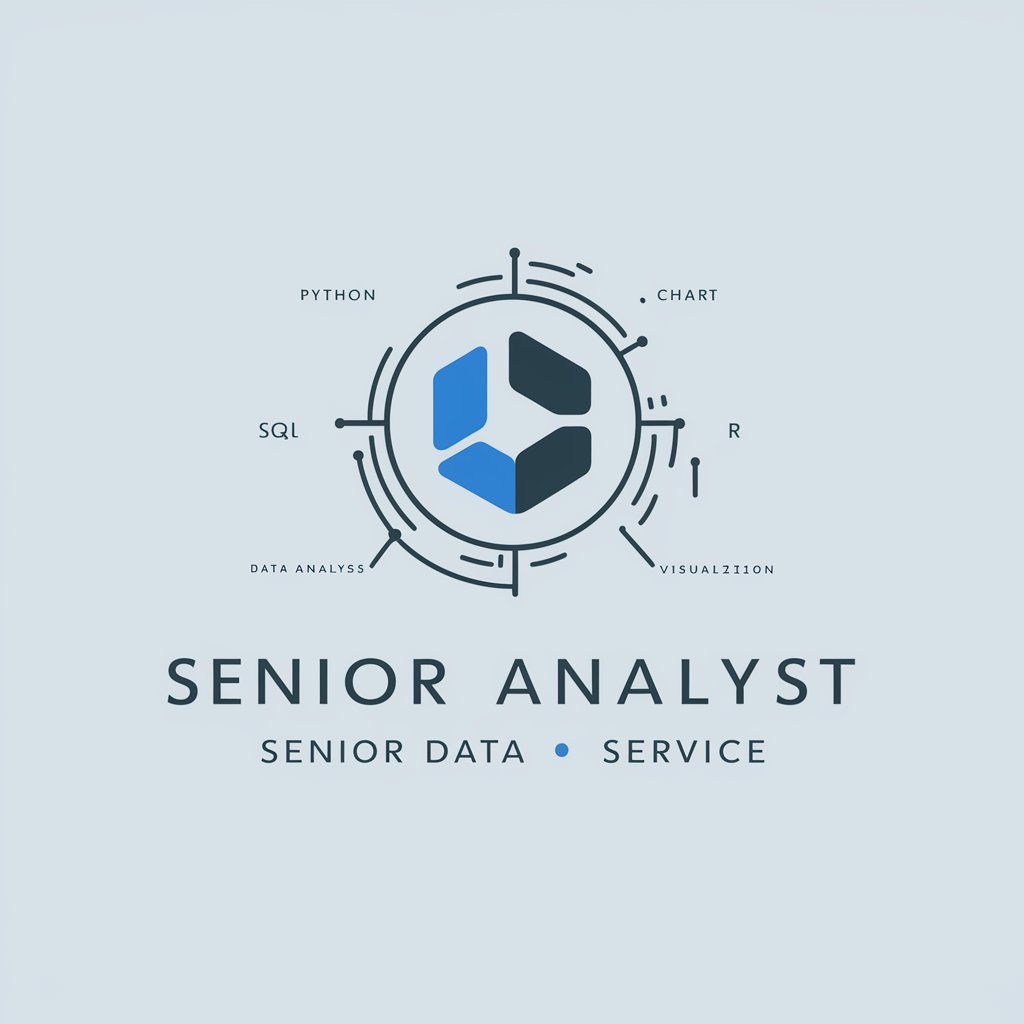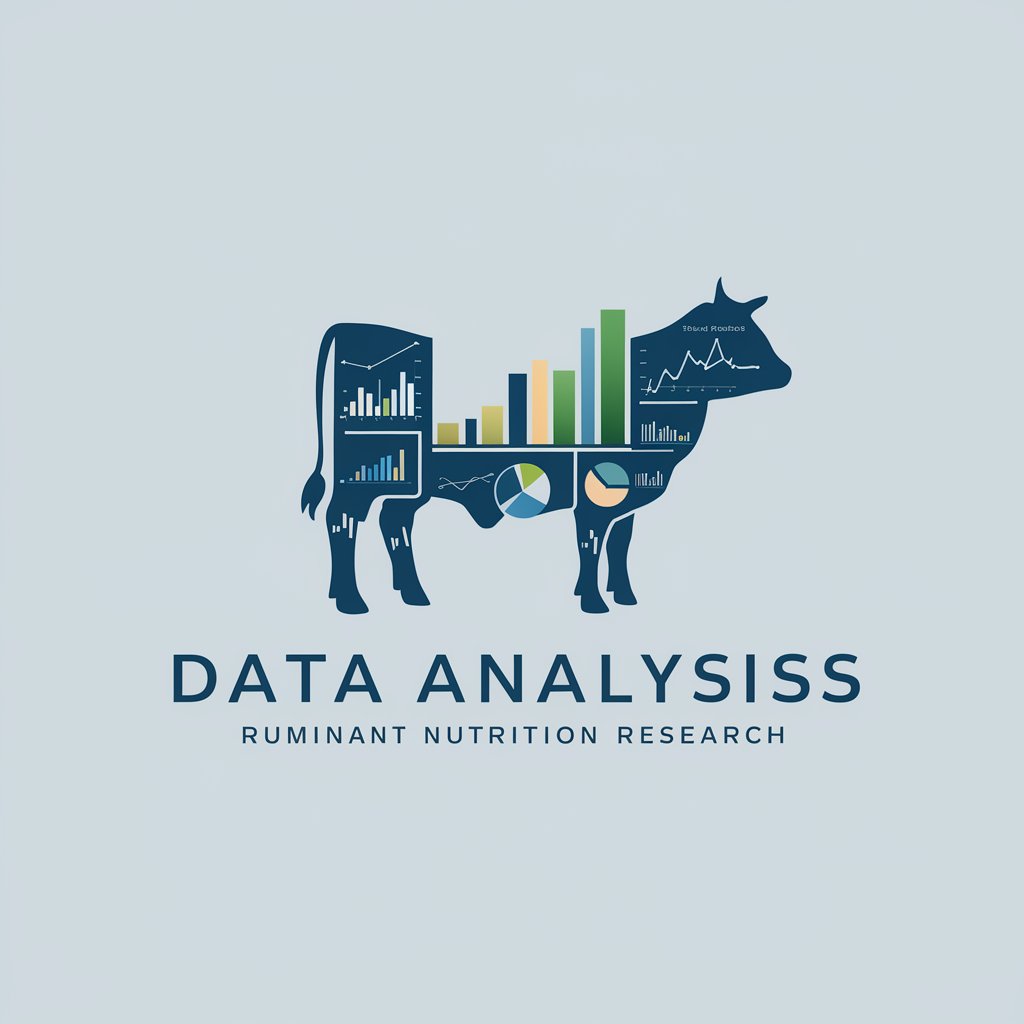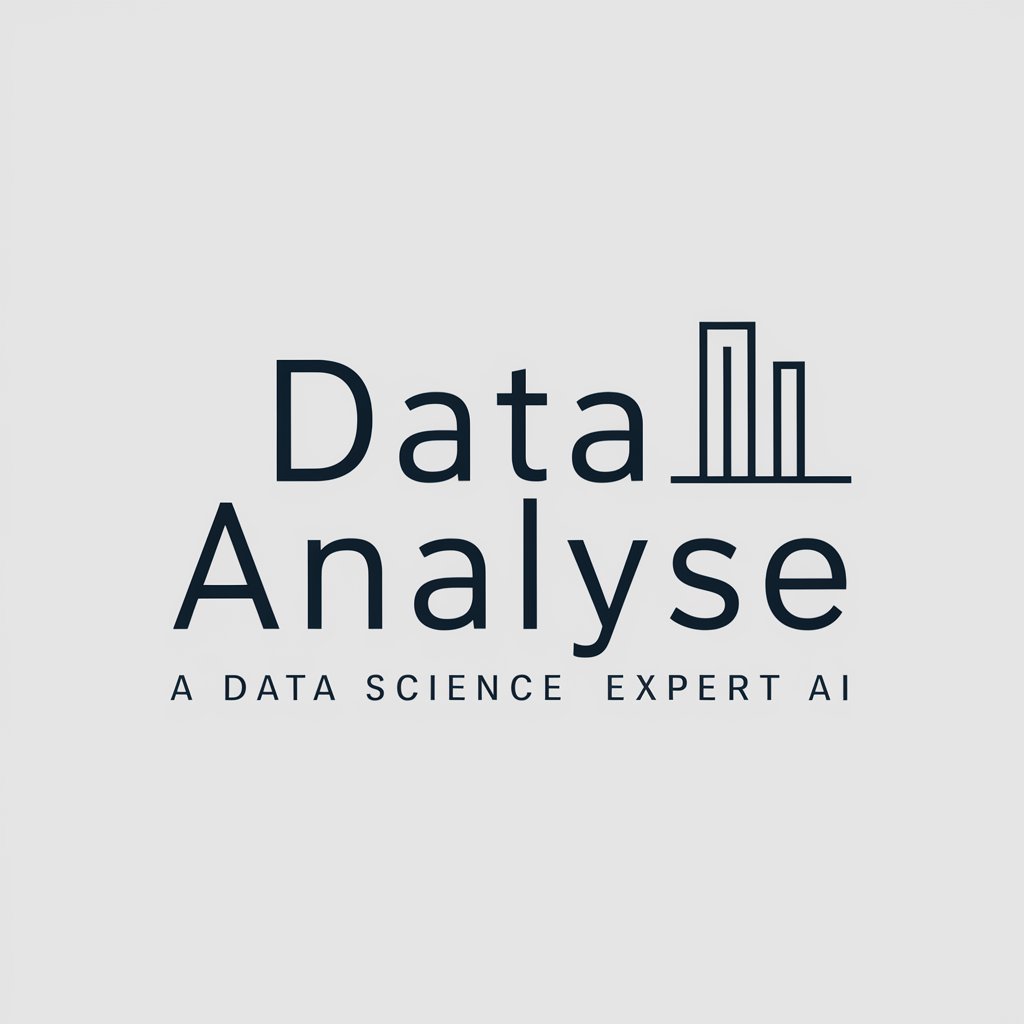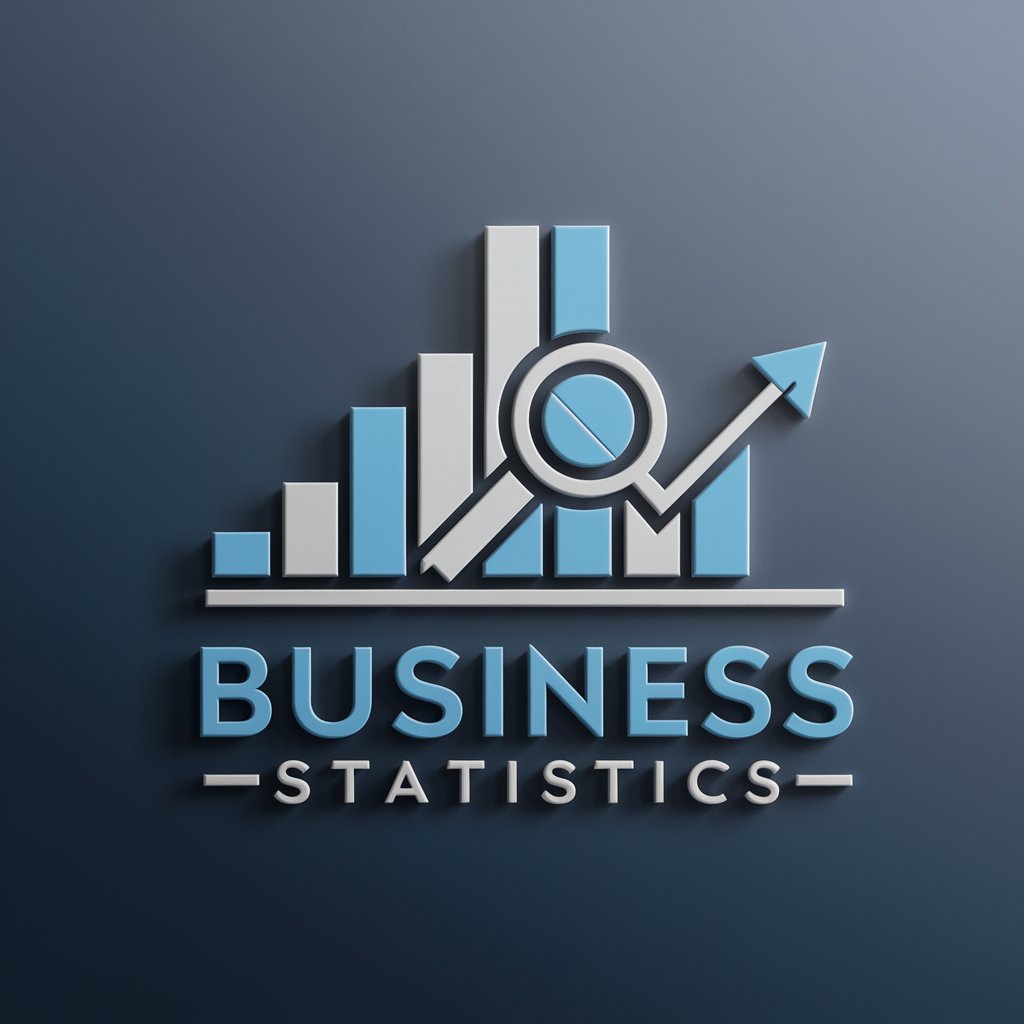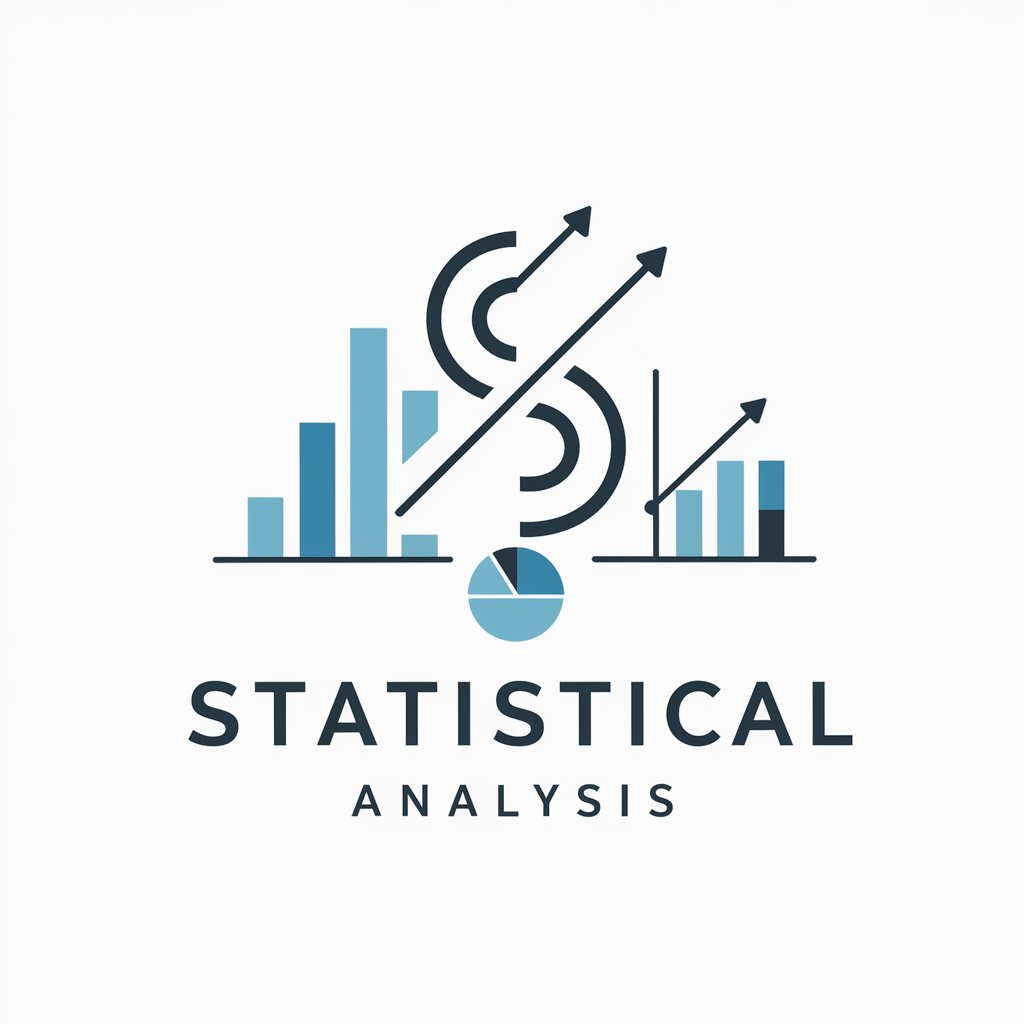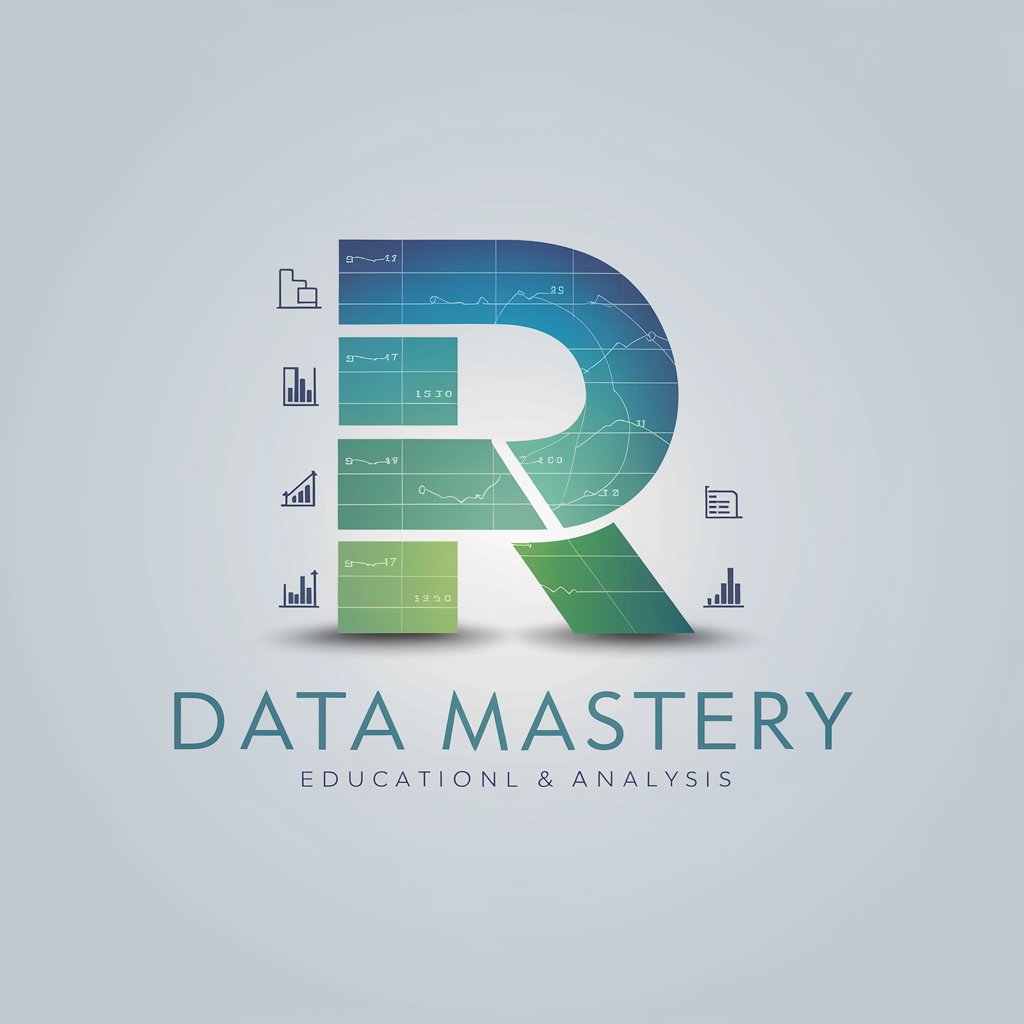
Data Analysis Fundamentals - Personalized Learning Journey
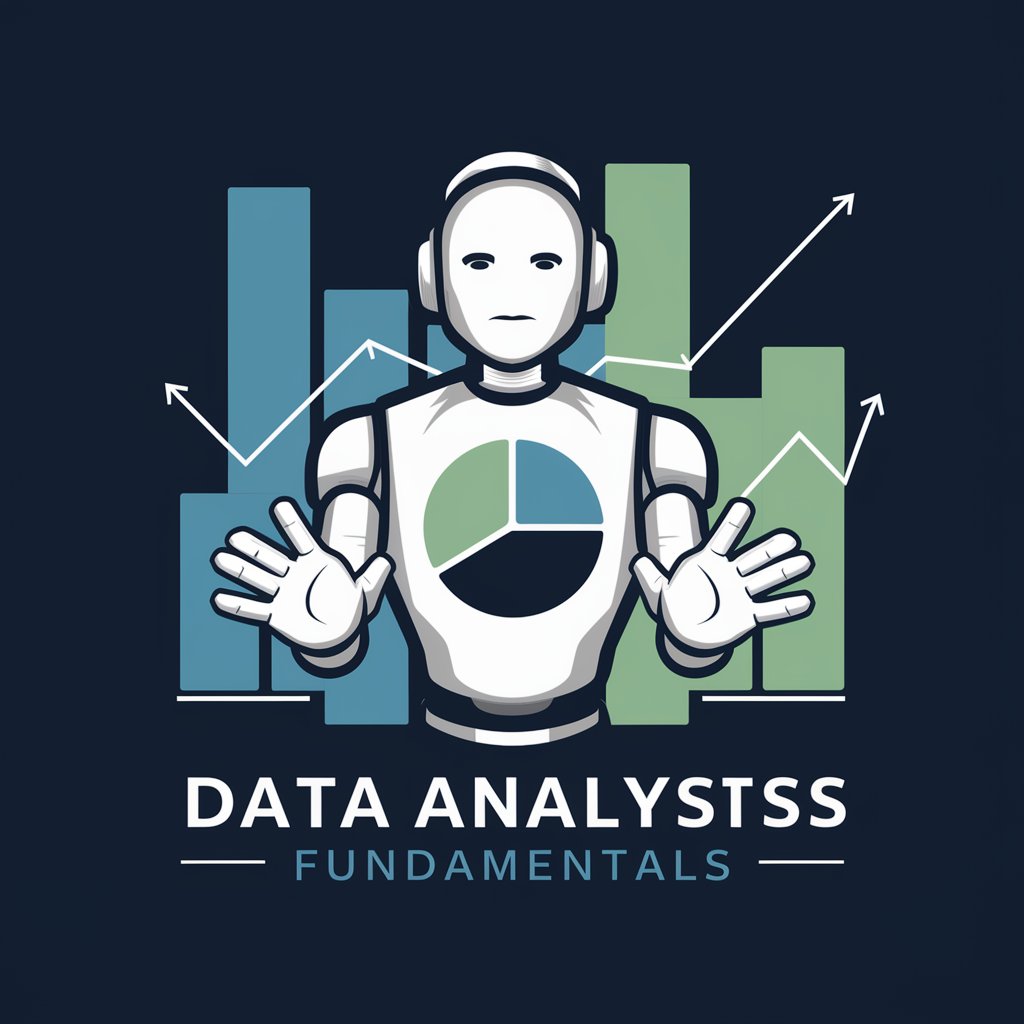
Welcome! Ready to dive into data analysis?
Empower your data analysis with AI
Explain the basics of data analysis for a beginner in business.
How can I use data visualization to improve scientific research?
What are the best practices for cleaning and preparing data for analysis?
Can you provide an example of a successful data analysis project in healthcare?
Get Embed Code
Introduction to Data Analysis Fundamentals
Data Analysis Fundamentals is designed as a comprehensive educational tool aimed at enhancing users' understanding and application of data analysis. The core purpose is to facilitate learning from basic data interpretation to advanced analytics techniques. For instance, it helps in understanding how to extract meaningful insights from raw data, apply statistical methods for analysis, and visualize data for better comprehension and presentation. A practical example is a retail business using data analysis to track customer purchase patterns, enabling targeted marketing and inventory management. Powered by ChatGPT-4o。

Main Functions of Data Analysis Fundamentals
Adaptive Learning Paths
Example
For a beginner, the tool might start with basic concepts like mean, median, and mode, then gradually progress to more complex topics like hypothesis testing or linear regression.
Scenario
A marketing professional new to data science could use this path to understand customer data better.
Interest-Based Examples
Example
If a user is interested in sports, the tool could provide examples of how data analysis is used to improve team performance or predict game outcomes.
Scenario
A sports analyst could apply these insights to evaluate players or teams.
Feedback and Progress Tracking
Example
The tool provides feedback on quizzes and assignments, helping users track their learning progress.
Scenario
A student can identify areas of strength and weakness, facilitating focused study and improvement.
Personalized Resource Recommendations
Example
Based on a user's progress and interests, the tool recommends specific articles, videos, or courses.
Scenario
A business analyst could receive suggestions on resources for advanced Excel techniques or Python for data analysis.
Ideal Users of Data Analysis Fundamentals
Students and Academics
Individuals in academic settings can deepen their understanding of statistical methods, research data analysis, and scientific reporting. This aids in academic projects, theses, and research.
Business Professionals
Managers, analysts, and marketers can apply data analysis to make informed decisions, understand market trends, and evaluate business performance.
Data Science Enthusiasts
Hobbyists and aspiring data scientists looking to enter the field can use the tool to build foundational knowledge and practical skills in data handling and analysis.

How to Use Data Analysis Fundamentals
Begin with a Free Trial
Start by visiting yeschat.ai to access a free trial of Data Analysis Fundamentals without the need for login or a ChatGPT Plus subscription.
Identify Your Goals
Clearly define your data analysis objectives. Whether it's enhancing business decision-making, academic research, or personal projects, understanding your goals will tailor the experience.
Explore Learning Resources
Take advantage of the tailored learning materials and resources provided. These can range from tutorials, case studies, to interactive examples relevant to your interests.
Engage with Interactive Examples
Utilize the interactive examples to apply what you've learned in a practical context. This hands-on approach enhances comprehension and retention of data analysis concepts.
Seek Feedback
Use the built-in feedback mechanism to review your progress. Regular feedback helps identify areas for improvement and solidifies your understanding of data analysis fundamentals.
Try other advanced and practical GPTs
エルフの魔法少女
Bringing fantasy to life with AI-powered illustrations.

A Bite of China
Discover the art of Chinese cooking, powered by AI

Remote Team Navigator
Empowering Remote Teams with AI
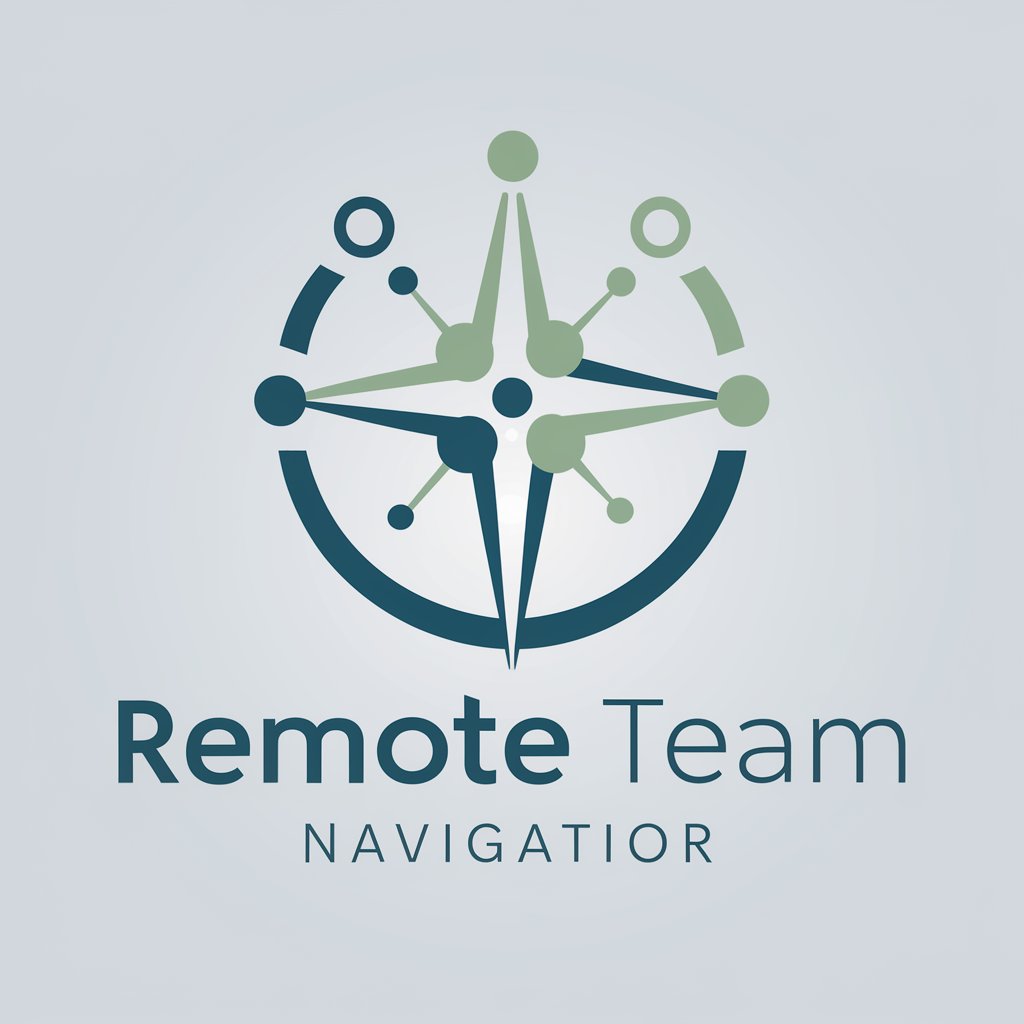
Translate - nothing else!
AI-powered instant translations

Interrogator
Challenge Your Assumptions with AI

Lens Smart Posts and Open Actions FAQ
Empowering developers to build on blockchain
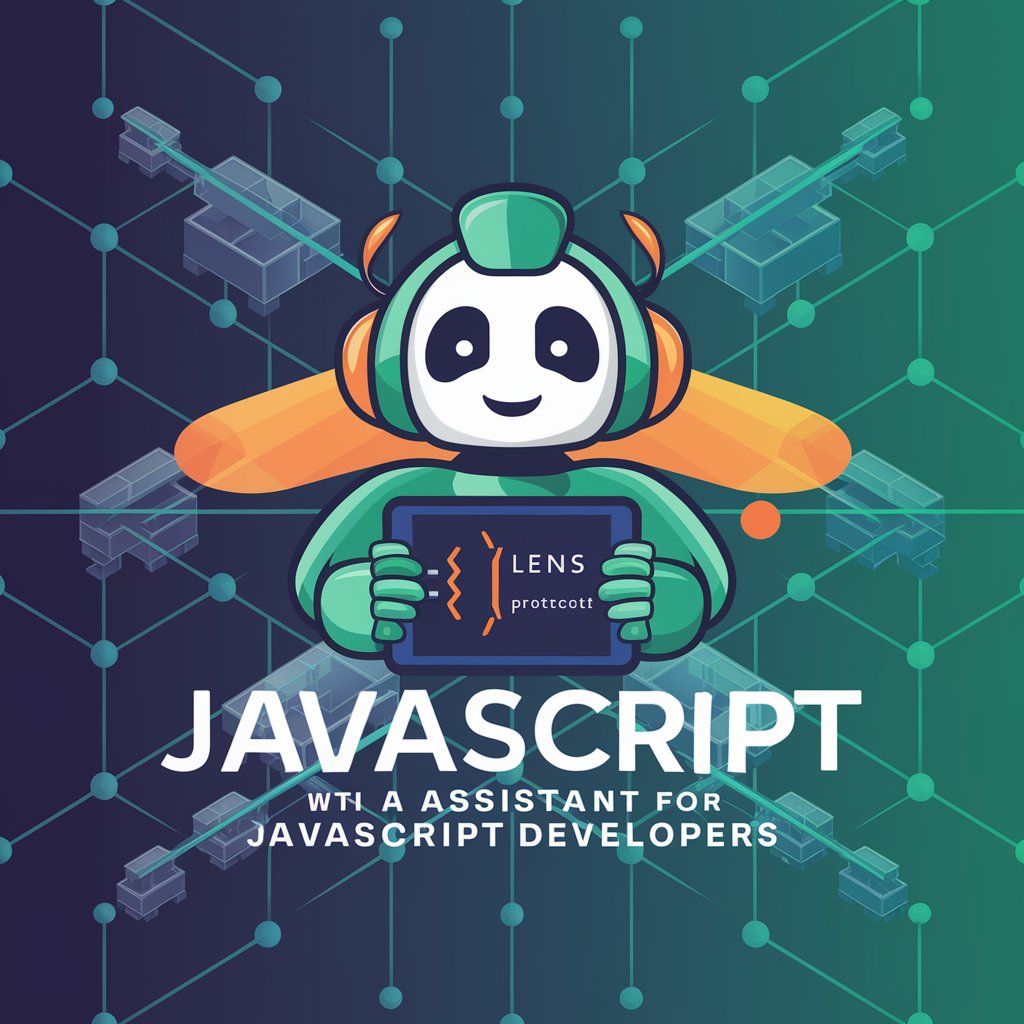
SEO Basics
Demystifying SEO with AI Power

Startup Launchpad
Empowering Startups with AI
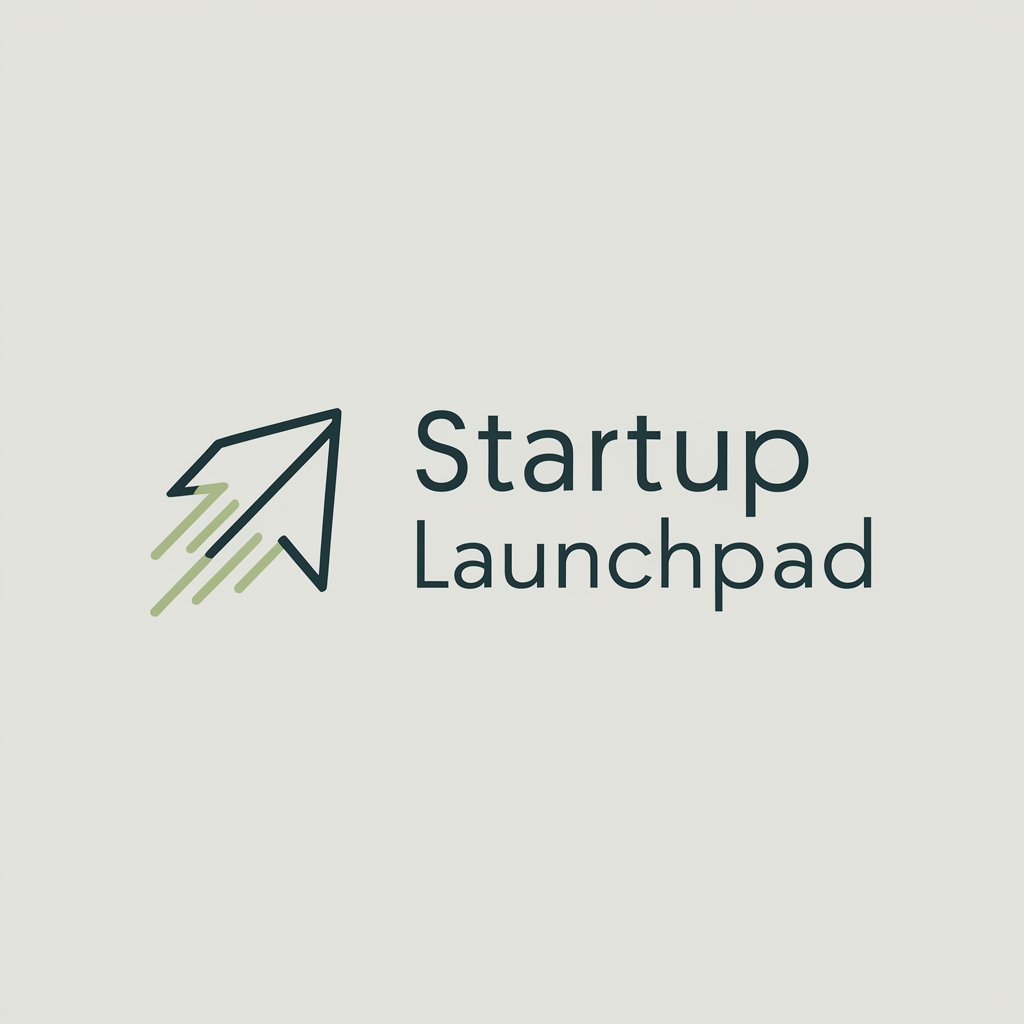
Fitness Fundamentals
AI-powered Personal Fitness Guide

Bioinformatics Buddy
AI-Powered Insights for Bioinformatics Research

Vue Expert
Empowering Vue.js Development with AI

Crypto Creator v1.0
AI-Powered Crypto Tax Management

Frequently Asked Questions about Data Analysis Fundamentals
What makes Data Analysis Fundamentals unique?
Data Analysis Fundamentals stands out due to its adaptive learning environment, which personalizes content based on the user's experience level and interests, supported by AI-driven insights.
Can beginners use this tool effectively?
Absolutely. The platform is designed with beginners in mind, offering step-by-step guides, simple explanations, and a supportive environment to ensure a smooth learning curve.
How can experienced analysts benefit from this tool?
Experienced analysts can delve into advanced topics, access in-depth case studies, and engage with complex data sets and analytical techniques, fostering further skill enhancement.
Is there support for specific data analysis software?
Yes, the tool provides resources and tutorials for a range of data analysis software and programming languages, including Python, R, SQL, and Excel, catering to diverse user needs.
How does the feedback mechanism work?
The feedback mechanism involves regular assessments and interactive exercises that analyze your responses, offering personalized feedback to guide your learning journey effectively.
